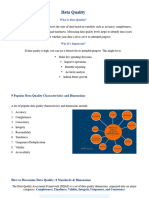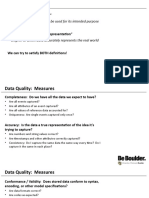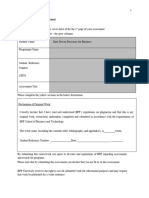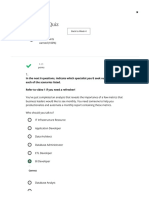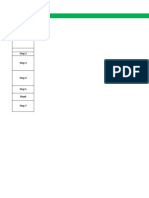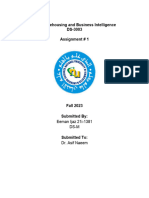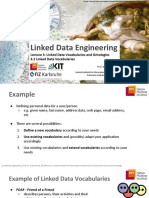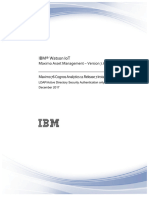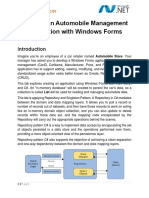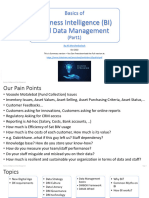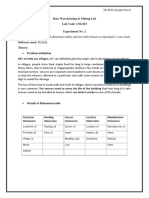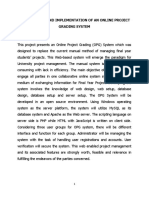0% found this document useful (0 votes)
11 views10 pagesWeek 3 Report
The Week 3 Report outlines a comprehensive framework for designing and implementing data integrity metrics essential for reliable business analytics. It identifies common data integrity challenges, proposes specific metrics for accuracy, completeness, consistency, timeliness, uniqueness, validity, and integrity constraint adherence, and emphasizes the integration of these metrics into business analytics platforms. The report also discusses the importance of ongoing monitoring, stakeholder engagement, and the strategic value of maintaining high data quality to support informed decision-making.
Uploaded by
Shreya GuptaCopyright
© © All Rights Reserved
We take content rights seriously. If you suspect this is your content, claim it here.
Available Formats
Download as PDF, TXT or read online on Scribd
0% found this document useful (0 votes)
11 views10 pagesWeek 3 Report
The Week 3 Report outlines a comprehensive framework for designing and implementing data integrity metrics essential for reliable business analytics. It identifies common data integrity challenges, proposes specific metrics for accuracy, completeness, consistency, timeliness, uniqueness, validity, and integrity constraint adherence, and emphasizes the integration of these metrics into business analytics platforms. The report also discusses the importance of ongoing monitoring, stakeholder engagement, and the strategic value of maintaining high data quality to support informed decision-making.
Uploaded by
Shreya GuptaCopyright
© © All Rights Reserved
We take content rights seriously. If you suspect this is your content, claim it here.
Available Formats
Download as PDF, TXT or read online on Scribd
/ 10




